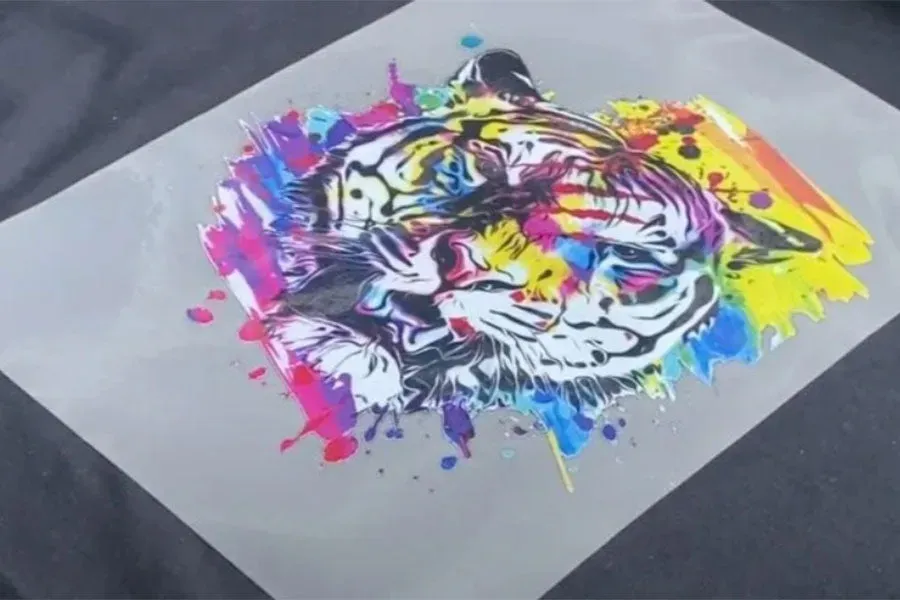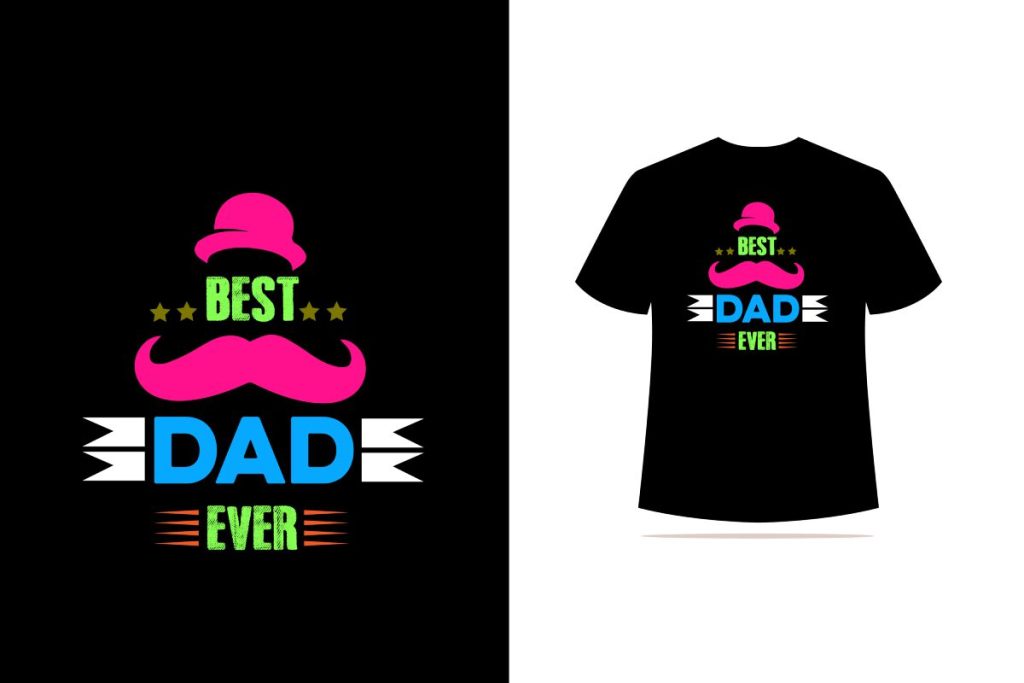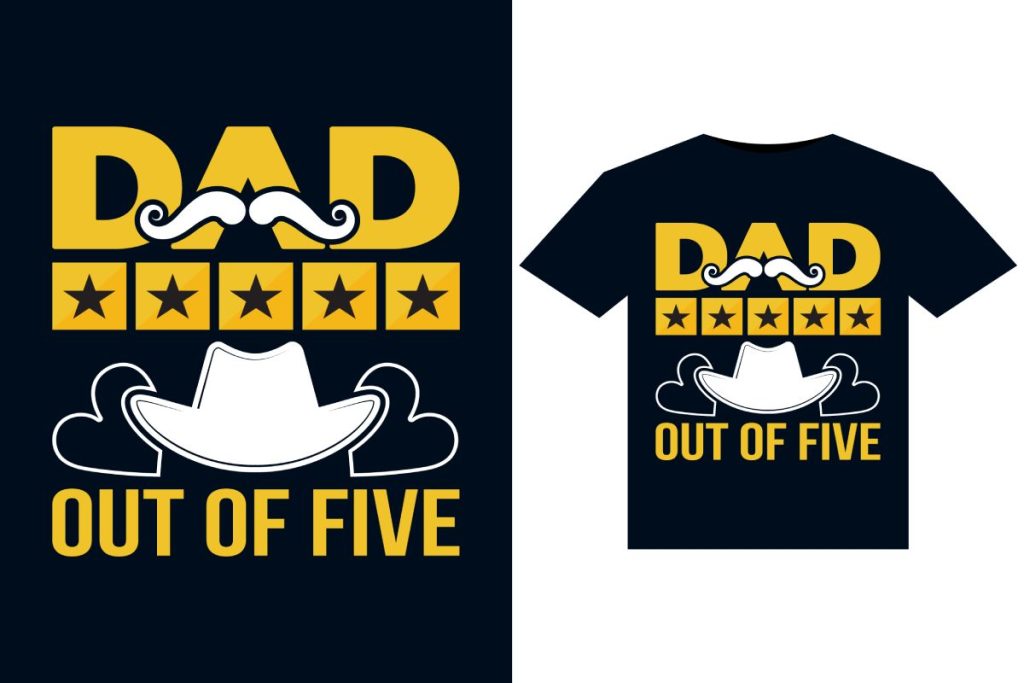Master DTF Printing Techniques are essential for anyone looking to excel in the vibrant world of custom apparel printing. This innovative DTF printing process allows for high-quality designs to be seamlessly transferred onto various fabrics, expressing creativity like never before. Whether you’re a beginner or an experienced printer, mastering the DTF printing equipment and techniques can elevate your projects to new heights. This guide will provide valuable insights and practical DTF printing tips to overcome common challenges, ensuring your prints are both stunning and durable. Join us as we explore the intricacies of DTF printing, from the initial design phase to final troubleshooting, empowering you with the skills to thrive in the competitive printing market.
Delving into the art of DTF printing, also known as Direct to Film transfer, opens up a world of possibilities for textile enthusiasts and professionals alike. This method utilizes specialized transfer films to apply intricate designs onto garments, revolutionizing the custom printing landscape. By familiarizing yourself with essential DTF printing tools, you can streamline your workflow and enhance print quality. Additionally, understanding troubleshooting techniques will help you tackle potential issues head-on, ensuring a smooth production process. Embrace the transformative power of this cutting-edge printing approach and discover how it can set your business apart in the bustling custom apparel industry.
Master DTF Printing Techniques: A Comprehensive Overview
DTF (Direct to Film) printing has revolutionized the world of custom apparel printing, allowing for high-quality designs to be transferred onto various fabrics with ease. Mastering DTF printing techniques requires an understanding of the entire process, starting from design creation to the actual heat transfer application. Whether you are a seasoned professional or a beginner in the custom printing industry, grasping the intricacies of DTF can significantly enhance your printing capabilities.
Central to mastering DTF printing is understanding the equipment involved. From choosing the right DTF printer, like the Epson L1800, to investing in high-quality heat presses and adherent films, each piece of equipment plays a critical role in the success of your projects. It’s important to familiarize yourself with these tools and their functions, as this knowledge will lead to more successful printing outcomes and reduced troubleshooting during the printing process.
Essential Equipment for DTF Printing Success
To achieve outstanding results in DTF printing, having the right equipment is essential. High-resolution DTF printers such as those made by Roland and Epson are specifically designed to produce vibrant designs that can withstand the rigors of washing and wearing. Additionally, a quality heat press is critical for ensuring proper temperature and pressure during the transfer process, which ultimately affects the durability of the prints.
Apart from printers and presses, specialized DTF films and inks are crucial components of the setup. Using the right combination of quality materials ensures that the colors remain bright and accurate after the transfer. Investing in trusted brands like Image Armor for adhesive powders can prevent common issues such as ink peeling or cracking over time, leading to higher customer satisfaction in custom apparel printing.
Choosing the Right Materials for DTF Printing
The quality of your DTF prints largely depends on the materials you choose. Selecting high-quality inks that are specifically formulated for DTF printing will help maintain the color relationship and ensure that your designs pop on the finished garment. Furthermore, the adhesive powder should be compatible with your printer and type of film, as this will optimize adhesion during the heat transfer process.
When it comes to DTF films, selecting the right materials is essential for achieving desired results. Films should be compatible with your chosen inks and adhesive powders, which can prevent problems such as ink bleeding or poor adhesion. Researching various film options and their characteristics can give you valuable insights into which will best suit your printing needs, thereby enhancing the quality and longevity of your custom designs.
Troubleshooting Common DTF Printing Issues
Even the most skilled DTF printers can encounter issues along the way, making it essential to be prepared to troubleshoot common problems. One of the most frequent issues is inadequate curing of adhesive powders, which can result in prints that peel or crack after washing. To address this, ensure that the curing process is done at the correct temperature, as recommended for the specific adhesive you’re using.
Another common challenge in DTF printing is ink smudging, which can often be rectified by adjusting the printer settings. Ensuring that the printer is calibrated correctly for the film and ink combination used is fundamental in achieving clear, crisp prints. Additionally, misalignment of the film during transfer can be avoided by double-checking placement and using heat tape to secure the film in position before pressing.
Current Trends in the DTF Printing Market
As the custom apparel industry continues to expand, DTF printing has emerged as a popular choice due to its versatility and quality. Businesses are increasingly leaning towards DTF printing for small runs and personalized items, as it allows them to offer unique designs without the prohibitive costs of traditional printing methods. This trend signifies a broader move towards customization in the apparel industry, catering to consumer demand for individuality.
Staying informed about market trends related to DTF printing can provide businesses with a competitive edge. The growing interest in sustainable and eco-friendly printing solutions also aligns with the increasing preference for personalized products. By adopting DTF printing, businesses can meet these market demands while expanding their product offerings, positioning themselves at the forefront of the custom apparel market.
Effective Tips for Mastering DTF Printing Techniques
To truly master DTF printing, there are several tips and best practices one should follow. Start by familiarizing yourself with your DTF printer and its settings, as correct configurations play a pivotal role in achieving high-quality prints. Regular maintenance of your equipment can also prevent potential issues, ensuring that your printer operates at peak performance for every job.
In addition to understanding your equipment, learning effective techniques for applying adhesive powders and transferring prints is crucial. For instance, evenly distributing adhesive powder over the printed film can minimize the chances of uneven adhesion. Following precise heat application guidelines will also help in producing durable designs that stand the test of time, thereby enhancing customer satisfaction.
Frequently Asked Questions
What is the DTF printing process and how does it work?
The DTF printing process involves printing designs onto a special transfer film using a DTF printer, followed by applying adhesive powder to the printed film. This adhesive bonds the ink and film, allowing the design to be heat transferred onto garments. Mastering this technique ensures high-quality results on various fabrics.
What equipment is essential for mastering DTF printing techniques?
To master DTF printing techniques, essential equipment includes a high-resolution DTF printer like the Epson L1800, a reliable heat press, and specialized DTF films and inks. Using quality adhesive powders, such as those from Image Armor, is also crucial for successful transfers and vibrant prints.
What are some common troubleshooting tips for DTF printing?
Common troubleshooting tips for DTF printing include checking your adhesive curing process if adhesion issues arise, adjusting printer settings to prevent ink smudging, and ensuring proper alignment during the heat transfer process. Utilizing heat tape can help keep the film in place, improving transfer accuracy.
How does custom apparel printing benefit from DTF printing techniques?
Custom apparel printing benefits from DTF printing techniques by offering high-quality, vibrant designs that can be applied to various fabric types. This method is ideal for small runs, allowing businesses to create personalized items without significant upfront costs, thus expanding their product offerings and market reach.
What materials should I choose for effective DTF printing?
For effective DTF printing, select high-quality inks specifically designed for DTF technology, reliable adhesive powders for strong adhesion, and compatible DTF films that work well with your printer. Ensuring the right material selection plays a significant role in achieving durable and vibrant prints.
What are the latest market trends in DTF printing for custom apparel?
Latest market trends in DTF printing for custom apparel include a growing demand for personalized items, smaller production runs, and higher-quality prints. DTF technology is gaining popularity as businesses leverage its versatility to meet consumer preferences and stay competitive in the custom printing market.
| Key Points | Details |
|---|---|
| What is DTF Printing? | A unique process where designs are printed on transfer film and then applied to garments using heat. |
| 1. Understanding the DTF Printing Process | Steps include design creation, film printing, adhesive application, and heat transfer for successful printing. |
| 2. Equipment Recommendations | Essential tools include high-quality DTF printers, heat presses, specialized films, and inks. |
| 3. Material Selection | Choosing quality inks, adhesive powders, and proper films greatly improves print quality. |
| 4. Troubleshooting Common Issues | Prepare for challenges like curing issues, ink smudging, and misalignment during transfer. |
| 5. Market Trends and Opportunities | DTF printing is great for small runs and helps businesses expand their custom apparel offerings. |
Summary
Master DTF Printing Techniques is a hands-on journey into the dynamic world of textile printing. This method revolutionizes how designs are transferred onto fabrics, emphasizing the importance of high-quality materials and precise equipment. From the intricate process of design creation to the crucial steps of powder application and heat transfer, mastering these techniques opens up a wealth of opportunities for custom apparel businesses. With an understanding of potential challenges and market trends, anyone can succeed in leveraging DTF printing to meet consumer demands efficiently. Embracing this innovative printing process not only elevates the quality of the output but also amplifies business growth in today’s competitive landscape.



